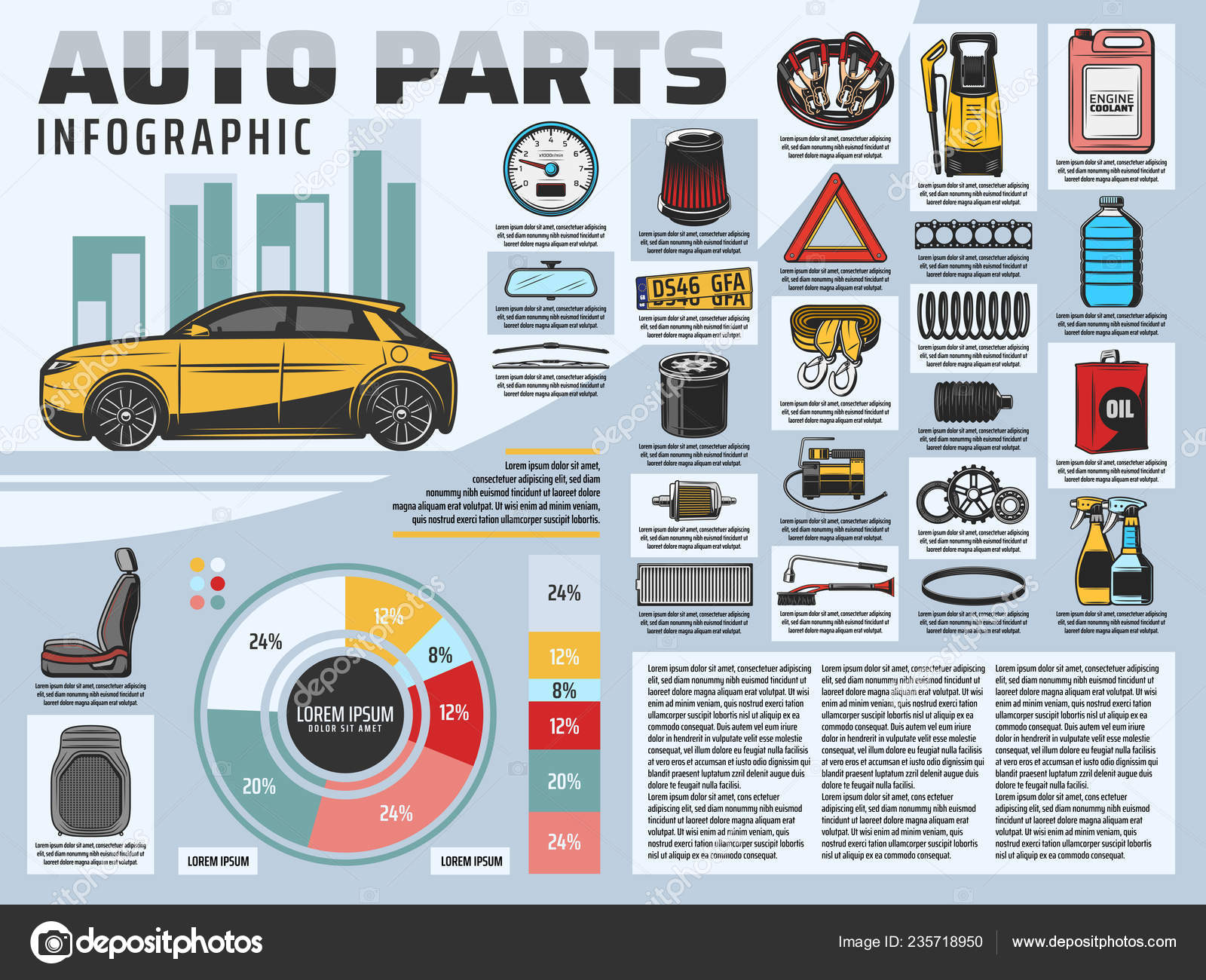Examining Your Vehicle'S Caution Indicators: What They Really Communicate
Examining Your Vehicle'S Caution Indicators: What They Really Communicate
Blog Article
https://mynbc15.com/news/local/auto-body-shops-hit-with-supply-chain-issues Written By-Higgins Stark
When you're behind the wheel, those glowing caution lights on your dashboard can be a bit difficult. Do you know what they're attempting to inform you about your automobile's health? Understanding the value of these lights is essential for your safety and the durability of your car. So, the next time one of those lights turns up, wouldn't you want to understand its message accurately and take the essential actions to address it?
Common Warning Lighting and Interpretations
Recognize common warning lights in your auto and comprehend their significances to make certain safe driving.
The most common caution lights consist of the check engine light, which signals problems with the engine or emissions system. If this light begins, it's essential to have your car checked immediately.
The oil stress cautioning light indicates reduced oil pressure, needing instant interest to prevent engine damage.
A blinking battery light could suggest a damaged charging system, potentially leaving you stranded if not dealt with.
The tire pressure tracking system (TPMS) light alerts you to low tire stress, impacting car stability and gas effectiveness. Disregarding this could cause harmful driving conditions.
The abdominal light suggests a trouble with the anti-lock braking system, endangering your capability to quit rapidly in emergency situations.
Last but not least, the coolant temperature level warning light warns of engine overheating, which can cause extreme damage otherwise fixed swiftly.
Understanding these usual warning lights will certainly help you resolve problems immediately and preserve risk-free driving problems.
Importance of Prompt Interest
Understanding the typical caution lights in your cars and truck is just the very first step; the relevance of quickly addressing these warnings can't be highlighted sufficient to guarantee your security when traveling.
When a caution light brightens on your control panel, it's your car's method of interacting a possible concern that requires focus. Ignoring these cautions can lead to much more severe troubles down the road, endangering your safety and possibly costing you more in repairs.
Trigger focus to advising lights can protect against breakdowns and crashes. For instance, a flashing check engine light could suggest a misfire that, if left ignored, can trigger damage to the catalytic converter. Addressing mini car detail can conserve you from an expensive fixing.
Similarly, a brake system warning light could indicate low brake fluid or worn brake pads, vital parts for your safety when driving.
DIY Troubleshooting Tips
If you observe a caution light on your dashboard, there are a few DIY fixing pointers you can try before looking for professional help.
The first step is to consult your vehicle's handbook to recognize what the certain caution light suggests. In some cases the concern can be as easy as a loosened gas cap activating the check engine light. Tightening the gas cap may deal with the issue.
An additional common concern is a low battery, which can cause different advising lights. Examining the battery connections for rust and ensuring they're protected could take care of the problem.
If a warning light persists, you can try resetting it by separating the cars and truck's battery for a couple of mins and after that reconnecting it. Additionally, examining your vehicle's liquid degrees, such as oil, coolant, and brake fluid, can aid fix alerting lights connected to these systems.
Verdict
To conclude, comprehending your vehicle's caution lights is important for maintaining your vehicle running smoothly and securely. By without delay dealing with these signals and understanding what they imply, you can avoid pricey repairs and prospective breakdowns.
Remember to consult your auto's handbook for specific details on each advising light and do something about it accordingly to make sure a trouble-free driving experience.
Stay notified, remain safe when driving!
